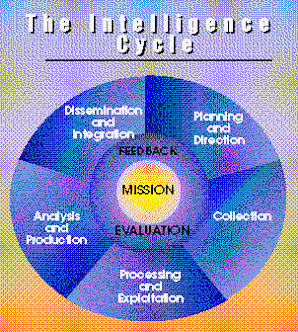Closing the Case: Solving Violent Crimes Quickly and Efficiently with Public Records
Excellent article from Police Chief magazine by: Tom Joyce, Lieutenant, Commander (Retired), 79th Precinct Detective Squad and
Cold Case Homicide Squad, New York City, New York, Police Department; and
Director, Law Enforcement Strategy, LexisNexis Risk Solutions.
The job of a police officer is not easy. Tasked with apprehending criminals,
maintaining public order and preventing and detecting crimes, police officers
put their lives in danger every day. In order to do their jobs well, officers
need reliable information and plenty of resources. Unfortunately, law
enforcement agencies face daunting challenges: funding cuts, outdated
information, and increasingly sophisticated criminals.
Adding to the challenges are the common assumptions that many crimes can be
solved with the same cutting-edge technologies people see on television. In many
cases, however, these are phantom solutions that police officers cannot access,
even though the average citizen may expect it of them. While the entertainment
industry has generated unrealistic expectations about the speed and the accuracy
of some investigative tools, there are tools—such as public records and systems
designed to make use of them—that exist right now, which can be used to develop
leads for solving crimes more quickly and effectively.
Nowhere are these tools more needed than in the area of violent crime.
According to the U.S. Bureau of Justice Statistics, the number of homicide
victims per year, while much lower than its peak in 1991, is still significantly
higher than the numbers from the 1950s, the 1960s, and the early 1970s. In fact,
it is close to three times greater now than during these time periods.
The current economic downturn may further exacerbate this problem as all
levels of government are being forced to cut budgets while citizens are
committing crimes to financially survive. For these reasons, it is critical that
law enforcement personnel, at the federal, the state, and the local levels,
understand how public records data can help accelerate and simplify the
investigative process, leading to faster, more efficient resolutions. This
article explains why public records can and should play a key role in all law
enforcement investigations. It shows why, regardless of the crime, public
records information is an important tool in assisting law enforcement agencies,
benefiting almost every point of an investigation, and answers the following
questions:
- What are public records?
- Who benefits from public records?
- How do public records fit into the different stages of an investigation?
- How do public records play a role in specific violent crimes including homicides, robberies, and missing children?
What Are Public Records?
The term “public records” refers to information that has been filed or recorded by local, state, federal, or other government agencies, such as corporate and property records. Public records are created by the federal and local government (for example, vital records, immigration records, real estate records, driving records, and criminal records) or by the individual (for example, magazine subscriptions and voter registration). Most essential public records are maintained by the government, and many are accessible to the public either free of charge or for an administrative fee. Availability is determined by federal, state, and local regulations. Although public records are indeed public, their accessibility is not always simple, free, or easy. Some states have separate policies that govern the availability of information contained in public records. Public records are used to solve a variety of societal problems and are being leveraged by financial services firms to make improved lending decisions; by collections agencies to support a refuel of the economy; and by business and government institutions to detect and combat fraud, waste, and abuse and to reduce identity fraud, protect our borders, identify and locate sex offenders, and find and save missing children.
Public records have always been available in one form or another; however, the process to access and analyze these data has often been cumbersome, fragmented, and expensive. Technology developments over the past decade have enabled organizations to address this issue by centralizing the data and simplifying the process of identifying and retrieving relevant records at a moment’s notice. These developments have the effect of supercharging the ability to use public records to quickly locate people, detect fraud, uncover assets, and discover connections between suspects, witnesses, or associates.


0 comments:
Post a Comment